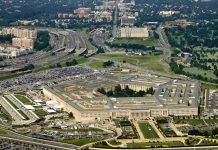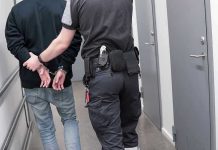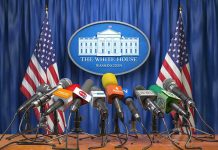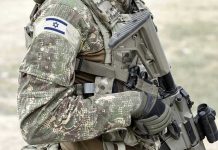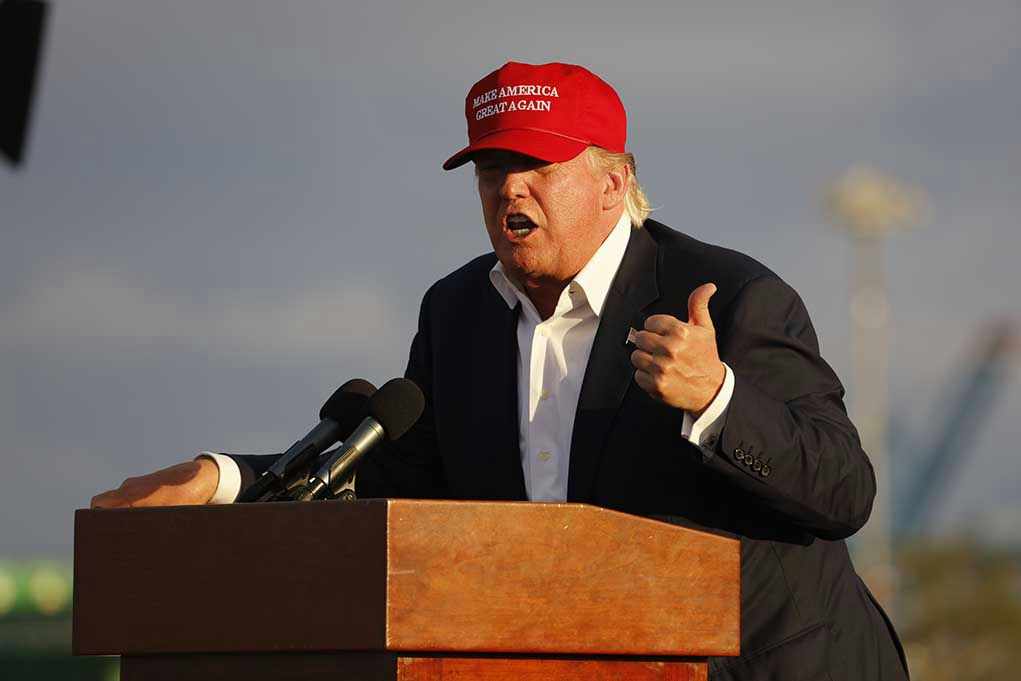
The moment a sitting U.S. president signs an order branding a loosely organized protest movement as a “domestic terrorist organization,” the ground beneath American civil freedoms shifts—and no one can say exactly where the cracks will spread next.
Story Snapshot
- President Trump officially designated antifa as a domestic terrorist organization by executive order.
- The move came directly after the killing of Charlie Kirk, intensifying scrutiny on left-wing protest groups.
- Antifa, a decentralized anti-fascist movement, has long been a lightning rod for debate over protest, free speech, and law enforcement powers.
- This order raises urgent questions about the scope of executive authority and the trajectory of civil liberties in America.
Trump’s Order and the Immediate Aftermath
President Trump’s signature on the executive order targeting antifa followed days of mounting pressure after the widely reported killing of Charlie Kirk. According to White House officials, the administration viewed this as a direct response to what they characterized as escalating violence from left-wing groups. The Department of Justice was instructed to prioritize investigations into antifa activities, placing the movement in the same legal category as established terrorist organizations. Critics immediately questioned whether the government’s move was grounded in evidence or political calculation, especially given the decentralized nature of antifa and the lack of formal leadership or membership rolls.
The United States of America will be designating ANTIFA as a Terrorist Organization.
— Donald J. Trump (@realDonaldTrump) May 31, 2020
Legal experts warned that, unlike internationally recognized terrorist organizations, antifa consists mainly of loosely affiliated activists with no formal structure, raising doubts about how the order could be enforced in practice. Supporters of the order argued that it sends a strong signal to groups they believe incite violence under the guise of protest, but detractors worried it could open the door to overreach, targeting political dissent more broadly.
The Origins and Evolution of Antifa in the United States
Antifa’s roots in the U.S. trace back to small bands of radical left-wing activists emerging in the late 20th century, borrowing tactics from European anti-fascist groups. Over the past decade, antifa’s visibility increased as confrontations with white nationalist groups became more frequent at protests and rallies. Despite the common image of black-clad protesters, antifa lacks official membership, operating as a loosely connected network united by a shared opposition to fascism and far-right extremism. This amorphous structure has made it both difficult to monitor and easy to scapegoat, depending on one’s ideological perspective.
The Trump administration’s decision to classify antifa as a terrorist organization marked a dramatic escalation in the government’s response to left-wing protest activity. Federal and local law enforcement agencies received pressure to identify and prosecute individuals perceived to be linked to antifa, though the practicalities of such enforcement remained murky.
Political Fallout and American Civil Liberties at a Crossroads
The executive order quickly became a flashpoint in the national debate over civil liberties and the boundaries of executive power. Conservative lawmakers and commentators largely praised the move, arguing that it was overdue given the violence at protests attributed to antifa-aligned activists. They characterized the order as a necessary step to restore order and protect law-abiding citizens from what they described as left-wing extremism.
Civil liberties organizations, on the other hand, sounded the alarm. They warned that labeling a domestic protest movement as a terrorist group could set a precedent for the suppression of dissent and the erosion of First Amendment rights. They pointed out that antifa, unlike designated foreign terrorist organizations, is not a hierarchical entity but a label adopted by a diverse range of activists, many of whom have no connection to violent acts. The order’s broad language, critics said, risked sweeping up peaceful protesters and political opponents along with any actual lawbreakers.
A Nation Debates: Security, Protest, and the Limits of Power
The decision to label antifa as a terrorist organization did more than escalate a political fight; it forced Americans to confront foundational questions about the meaning of protest, the limits of government authority, and the future of dissent in a polarized society. Supporters saw a clear line between legitimate protest and violence, demanding firm government action. Opponents feared the line was being blurred to justify repression of political enemies.
As the legal challenges mounted and the national conversation grew more heated, one reality became inescapable: with a single presidential signature, the debate over antifa moved from the streets and social media into the heart of American constitutional law. The consequences—intended and otherwise—are likely to reverberate for years to come, challenging the country’s commitment to both security and freedom in equal measure.


